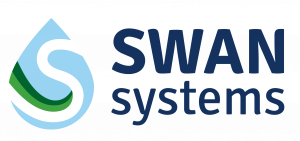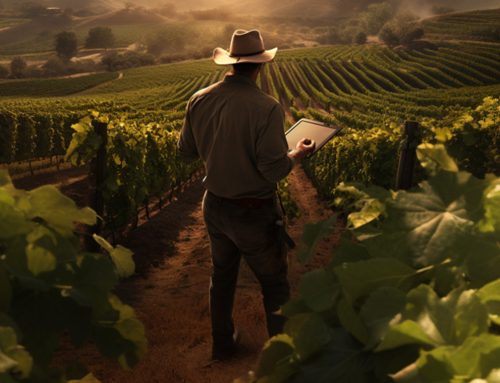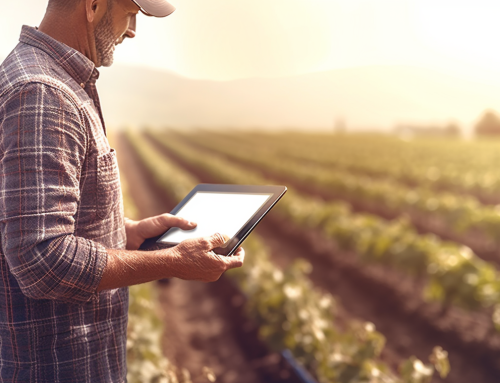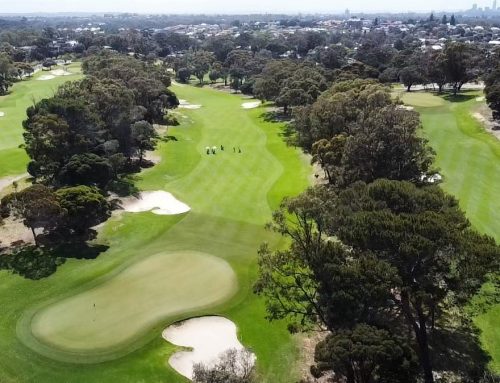An article by SWAN Systems CEO, Tim Hyde.
With the advent of cloud technology, the ability to capture and record data produced by irrigation hardware has never been greater. This, combined with new sensor development, analytics, and satellites, provides irrigators with immense opportunities to drive outcomes and production improvements through smart scheduling.
To date, there are four main methods used to schedule irrigation: climate-based, soil moisture monitoring, remote sensing, and plant sensors. I’ll take a quick look at some of the pros and cons of each type below.
Climate-based scheduling
Climate-based scheduling is based on determining daily evapotranspiration and multiplying this by the crop coefficient for a particular plant at a particular growth stage. Pre-determined crop coefficients are publicly available and used globally to set irrigation benchmarks in a range of sectors. The major issues faced by this method are that it can be quite intensive to stay on top of, and that the combined effect of small differences in varieties, rootstocks, crop load, soil type, and root depth can have a dramatic effect on the water requirements of a crop.
Soil moisture monitoring
Soil moisture probes (whether they be tensiometers, gypsum blocks or capacitance probes) have been available for over 30 years. To date, they have been a widely utilised way to get a better understanding of plant water use dynamics in the soil medium. The recent migration by many companies of their data to the cloud has allowed for easy data logging and relatively cheap monitoring of the soil moisture balance in irrigated plants.
Major issues with in-field hardware are that they often break down, batteries go flat, or they are not calibrated/installed correctly, or they are not installed in representative location. We frequently find that while the trends shown by probes are consistent with our modelling, the numbers are of little use, as they just don’t represent what is actually going on in the soil across the whole field.
Remote sensing
Satellite/remote sensing-based irrigation scheduling is relatively new and offers great opportunities as it is easy to implement and can be of low cost. However, scheduling by this approach is highly subject to poor image quality due to cloud cover, or infrequent image captures. Whilst there are great opportunities here, we feel it should only constitute a part of the irrigation management suite. Unless plant specific details are known, then aspects like drainage and runoff can’t be modelled or fully appreciated.
Plant sensors
The latest trend is plant-based sensors to monitor sap flow and canopy temperature, and dendrometers for directly measuring growth (and contraction) of stems and fruits. These have been available for some time but have only recently found application in irrigation scheduling systems. These sensors are very good at letting a manager know exactly what’s going on with the plant but face the same issues around maintenance of infield hardware. They are also expensive, which is likely to limit sample size, and require highly specialised species-specific interpretation and models for accurate management insights.
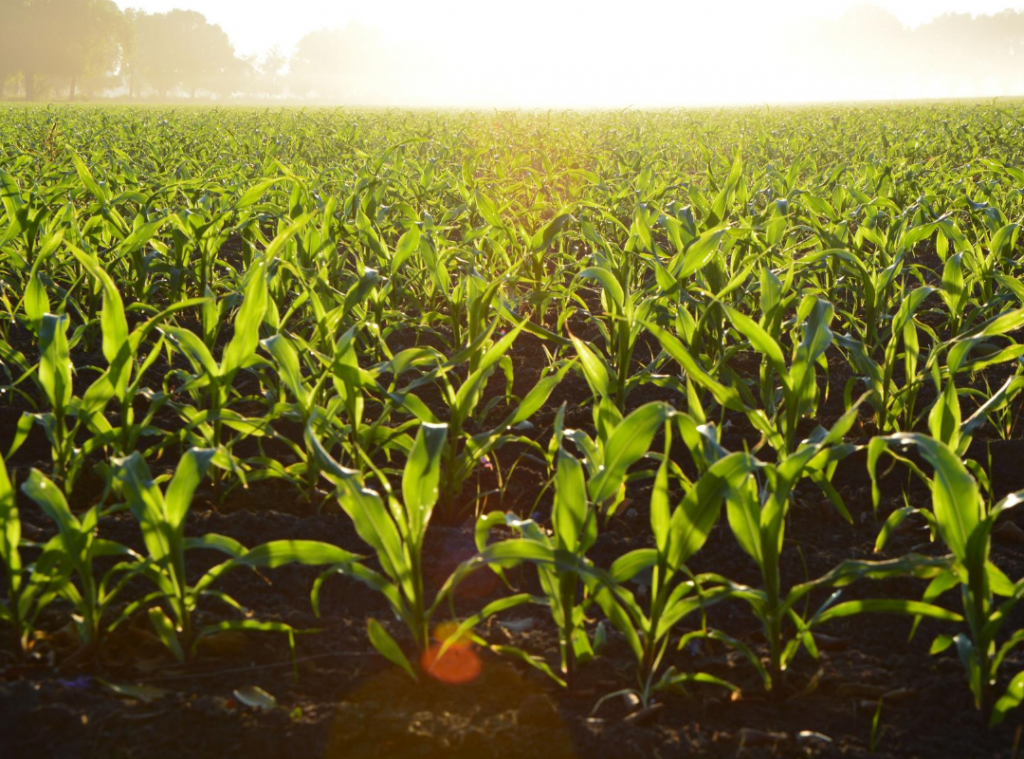
As you can see, there are quite distinct and variable options for irrigation scheduling – and these options may or may not suit different crops, countries, and management systems.
We believe that all systems provide valuable insights that can (and should) be combined to have a clearer picture of plant water requirements. SWAN Systems was developed with all four scheduling methods in mind, being a climate-based irrigation scheduling tool that uses soil-based sensors to fine-tune settings for specific irrigation management blocks.
The addition of satellite imagery and plant-based sensor data means insights and irrigation suggestions can be modelled from a full suite of information across the site, allowing more accurate decisions to be made.
Having a clearer understanding of all this data, combined with precise, local weather forecasts, will allow SWAN customers to have the most reliable and accurate irrigation scheduling tool available.
Want to learn more about how SWAN Systems can help you achieve better yield and plant quality outcomes through smart scheduling?

About the author:
Tim Hyde is the CEO and co-founder of SWAN Systems. With his extensive experience in the horticultural industry as a grower and a consultant (including as a specialist at the Department of Agriculture and Food WA, as well as key leadership roles within major horticultural and agricultural groups), Tim gained a deep knowledge of the issues that irrigators faced on a daily basis.
Tim used this insight and understanding of the power of data to bring SWAN Systems to life in 2016. He is now joined by a team of agricultural and irrigation experts throughout Australia, with a vision to be the global industry leader in irrigation and nutrient management software.
